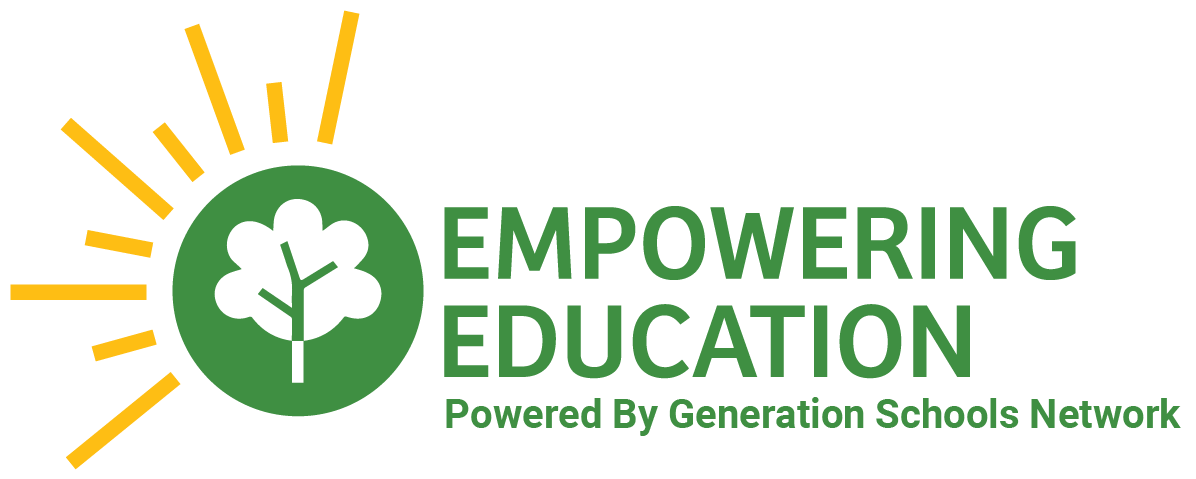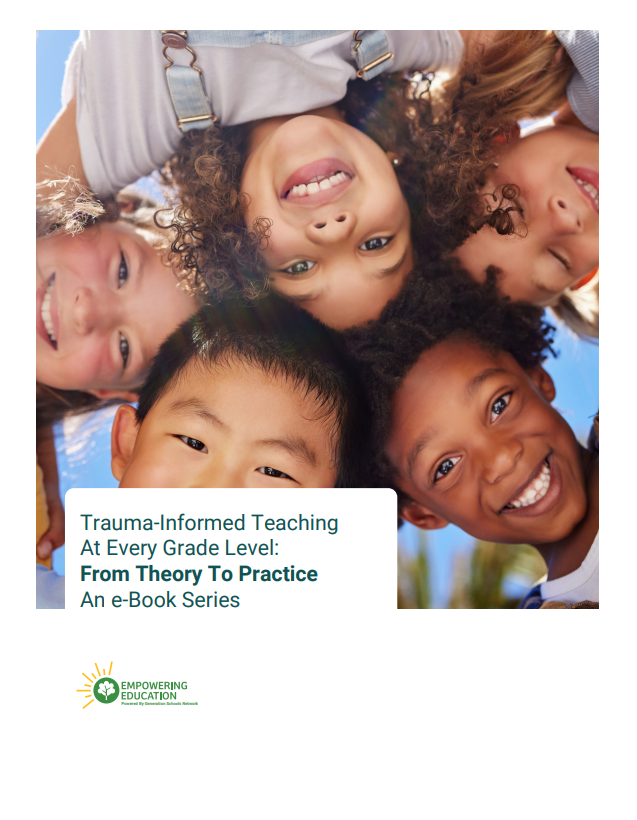Ask any parent what they want most for their children when they grow up and their answer will more than likely be some variation of “I just want them to be happy.”
One of the utilities of a mindfulness practice is the ability to objectively evaluate the causes and conditions of a particular outcome. For instance, if I feel a particularly stressful emotion I could use mindful awareness to examine and understand the relationship between that feeling and the conditions that led me to feel that way. Conversely, I could also intentionally structure my time and the conditions of my life in ways that I know will lead to more positive emotions.
If happiness is the most universally desired outcome for our children, then we would do well to honestly and objectively examine the question: “Are we creating the causes and conditions that are most likely to lead to happiness for our children?”
Gut check
There are plenty of nuanced and scientific ways we can explore this question, but, first, let’s do a gut check: If you were a student in today’s average school, would you be happy? Why or why not?
Given that the trend in education has been to emphasize academic rigor, teach towards high stakes standardized tests, and to limit or reduce unstructured times like recess and specials in favor of core academic content, I would hazard a guess that most of us would answer a resounding “no” to that question.
Sitting in a classroom for up to 8 hours a day with limited breaks, limited individual attention, limited social interaction, and high-pressure to perform does not reflect the causes and conditions that would contribute to the happiness of my inner 8-year old.
Again, while we can explore the science behind what leads to happiness, we can also use common sense to reflect on what makes a child happy. Children want to have fun. They want to feel loved. They want to feel safe. Play, connection, and warmth.
Yes, but…
What about grades? And test scores? Students need to learn discipline, right? They need to learn to work harder and be smarter so they can be happy and fulfilled later in life, don’t they? And we can’t just increase play, connection, and warmth and expect our students to perform better…can we?
Let’s consider a few examples here.
First, we can learn a lot from our elders. When a palliative care nurse asked her patients about their top regrets in life, she was able to distill the recipe for a fulfilling life down to five common themes in a book titled “The Top 5 Regrets of the Dying.” These 5 themes were:
1. I wish I’d had the courage to live a life true to myself, not the life others expected of me.
2. I wish I hadn’t worked so hard.
3. I wish I’d had the courage to express my feelings.
4. I wish I had stayed in touch with my friends.
5. I wish that I had let myself be happier.
Nowhere on this list did the dying say, “I wish I had made more money;” “I wish I had worked harder;” or “I wish I’d been more successful.” In fact, the opposite was true. Given the gift of hindsight, dying patients repeatedly referenced authenticity, less work, more connection, and deeper emotional sensitivity as the greatest wishes for their life.
What does the data say?
More practically, we can look towards schools that have already begun to shift priorities to see how their students are faring. On average, schools that implement a school-wide social and emotional learning program experience a 13% increase in academic performance (among a multitude of other benefits). This is notable especially because the emphasis was on increasing non-academic skills.
We also see that schools who increase recess time (again, de-emphasizing academic rigor) experience gains in student behavior, memory, attention, focus, and most notably, their academic performance and standardized test scores both increase. According to a 2010 CDC report on recess, “There is substantial evidence that physical activity can help improve academic achievement, including grades and standardized test scores.”
Further still, research in economics now suggests that increasing social-emotional skills in schools will have a direct effect on graduates’ employability and earnings, as well as the overall economic strength of countries embracing policies that support effective SEL programming and reform.
As it turns out, happier students learn better, feel better, and contribute more positively to society.
Understanding the causes and conditions of happiness
So what makes a happy person? This is a question that philosophers, scientists, and researchers have been examining since, well, since as long as we’ve had the capacity to ask that question.
To answer this question we must first understand what is meant by happiness. A workable and simple definition offered by The Science of Happiness is that happiness is a combination of how satisfied you are with your life and how good you feel on a day-day basis.
While there are a lot of factors the contribute to overall happiness (which you can explore in this infographic) there is one contributing factor that stands out above all the rest: connection. In a landmark 80-year longitudinal study on happiness completed by Harvard University, the results can be summed up in one simple statement:
“Good relationships keep us happier and healthier. Period.”
We cannot directly influence how another person feels, but we can influence the causes and conditions that lead to happiness. In our school systems, there are two concrete ways we can do this:
- Create conditions conducive to happiness: Establish and maintain a school culture that values empathy, warmth, and community above test scores and grades. Ensure that students and staff feel safe, understood, and cared for. And remember to have fun – give kids plenty of time to play, interact, and feel good.
- Explicitly teach students about the causes of happiness: Since social connection is the single most significant predictor of overall health and happiness then it would make sense to teach our children how to create more fulfilling, meaningful connections. Adopting a school wide social and emotional learning program that teaches skills like self awareness, gratitude, empathy, communication, compassion, and conflict resolution might just be the most important thing we can do to improve student and societal outcomes across the lifespan.


